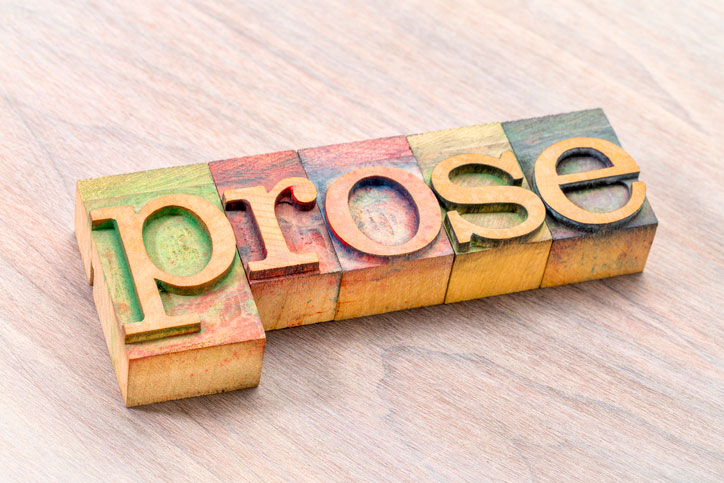Prose is one of the oldest and most powerful forms of literary art. It is the language of stories, novels, essays, and even daily conversations. Unlike poetry, which relies on rhythm and meter, prose flows naturally, allowing writers to express ideas with clarity and detail. It is a medium that combines creativity with realism, making it an essential part of human culture and communication.
In this blog, we will explore the beauty of prose art, its types, its role in literature, and why it continues to inspire readers across the world.
What is Prose Art?
Prose art refers to any written or spoken language that follows a natural flow of speech without the strict structure of poetry. It is the most common form of writing used in literature, journalism, and storytelling. From the simplicity of a personal diary to the depth of a classic novel, prose allows authors to connect with readers through narrative and description.
Prose does not rely on rhyme or rhythm. Instead, it focuses on sentence structure, vocabulary, and storytelling. This gives writers more freedom to explore themes, emotions, and characters.
The Role of Prose in Literature
Prose is often described as the foundation of modern literature. It serves as a mirror of society, reflecting human emotions, struggles, and achievements. Writers use prose to:
- Tell fictional and real stories.
- Express philosophical and political ideas.
- Document history and personal experiences.
- Create relatable characters and settings.
Whether it is a novel that explores love and tragedy or an essay that challenges social norms, prose provides a stage for creativity and thought.
Types of Prose
The beauty of prose lies in its variety. Each type serves a unique purpose and appeals to different readers. Some of the major types include:
1. Fictional Prose
Fiction is the most popular form of prose. It tells imaginary stories through novels, novellas, and short stories. Fictional prose allows writers to build worlds, invent characters, and take readers on emotional journeys. Examples include romance, mystery, fantasy, and science fiction.
2. Non-Fiction Prose
Non-fiction prose is based on facts, real events, and real people. It includes biographies, memoirs, essays, travelogues, and journalism. The goal is to inform, educate, or inspire through truth and experience.
3. Heroic Prose
Heroic prose is a form of storytelling found in myths, legends, and epics. It often features gods, warriors, and heroic journeys. Ancient texts like Beowulf or The Mahabharata carry this tradition.
4. Prose Poetry
Prose poetry combines the freedom of prose with the imagery and emotions of poetry. It reads like prose but feels like a poem, blending the two art forms beautifully.
The Artistic Elements of Prose
What makes prose an art form is not just its content but the way it is written. Writers use different techniques to make their prose engaging:
- Narrative voice – first person, third person, or omniscient.
- Imagery – creating vivid pictures in the reader’s mind.
- Characterization – developing lifelike characters with depth.
- Symbolism – adding layers of meaning through symbols.
- Style – the unique tone and rhythm of the writer’s words.
These artistic choices turn ordinary language into literature that resonates with readers.
Why Prose Art Matters
Prose art is more than just storytelling. It shapes the way people think, learn, and connect. Through prose, readers can explore different cultures, understand diverse perspectives, and even escape reality for a while.
- It educates by preserving knowledge and history.
- It entertains by sparking imagination and curiosity.
- It inspires by giving voice to emotions and dreams.
- It connects by bridging the gap between writer and reader.
From ancient manuscripts to modern digital novels, prose continues to evolve while maintaining its timeless charm.
Prose in the Digital Age
In today’s world, prose has adapted to new platforms. Blogs, e-books, and social media posts are modern forms of prose that reach millions of readers instantly. Writers no longer depend only on publishers; they can share their art with the world through digital platforms.
Online prose also encourages interaction. Readers can comment, share, and discuss works, making literature more accessible than ever before.
Final Thoughts
The art of prose is a treasure of human creativity. It is versatile, expressive, and deeply influential. Whether in the form of a novel that touches the heart, an essay that sparks debate, or a digital blog that informs and inspires, prose remains at the core of literary art.
As readers and writers, we continue to shape the future of prose, carrying forward a tradition that has connected humanity for centuries.

Leave a Reply